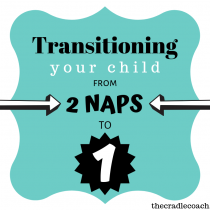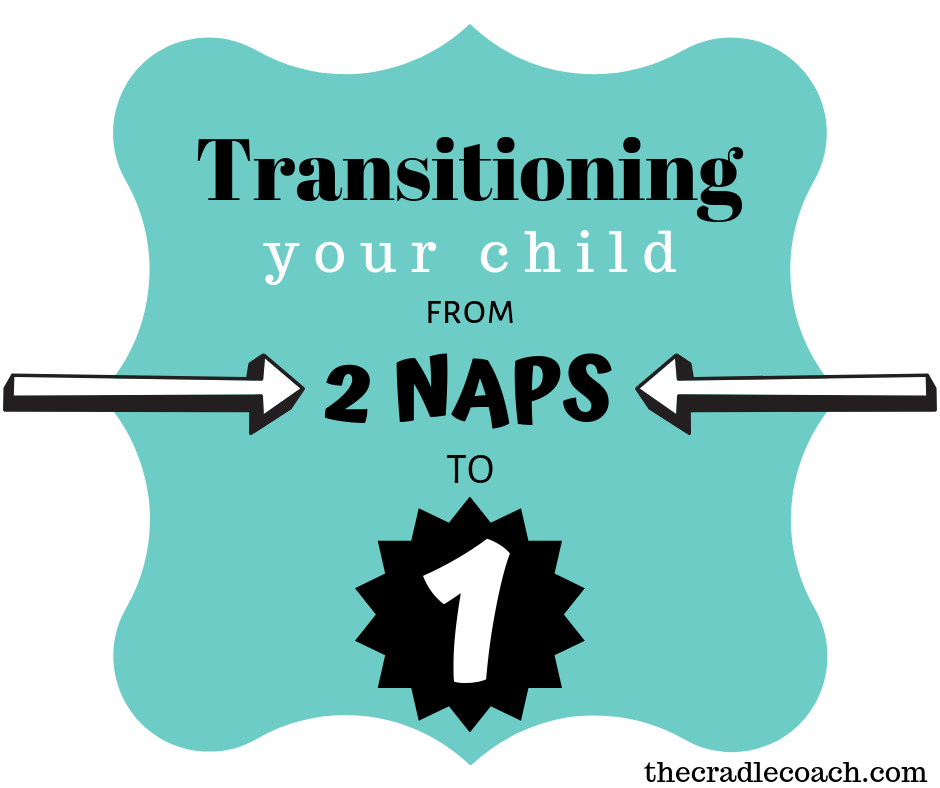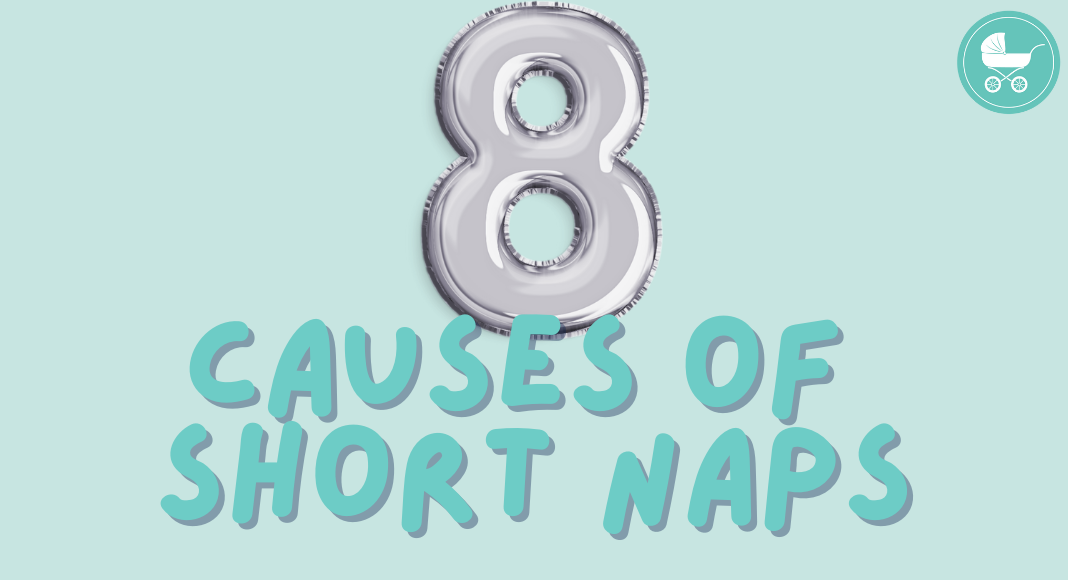
May 19, 2019
This transition is a doozy. If you’ve gone through it, you know it can feel like it can last for months. So, we wanted to dive in and unpack all that’s taking place with this major transition. We recently had a client who had a common situation occur. 14-month-old Kylie started fighting her morning nap, […]
Transitioning Your Child from Two Naps to One

This transition is a doozy. If you’ve gone through it, you know it can feel like it can last for months. So, we wanted to dive in and unpack all that’s taking place with this major transition.
We recently had a client who had a common situation occur. 14-month-old Kylie started fighting her morning nap, and her mom couldn’t really figure out what was going on. “She’d happily go down for her afternoon nap at 1:00pm and sleep for two hours, but refused to fall asleep for her first nap.” At first, she thought it might have been a teething issue. But after a few weeks, and the struggle continued on, she reached out to us in fear it was time to transition. Kylie was ready to switch from two naps a day to one.
Fear from parents is most often the common emotion when transitioning any nap, but with this nap in particular because it feels like such a long stretch for their children. And guess what? It is! But if done properly, it doesn’t have to be an unpleasant experience. So, let’s break it all down.
When’s the right time to make this transition?
Most kids drop the second nap when they’re between 14 to 18 months old. You’ll know your child is ready when you find her consistently resisting her morning or afternoon nap.
Don’t assume any nap resistance means they are transitioning. You want to give your child two weeks to one month to be sure it’s not related to a milestone. There are some major milestones and developmental leaps that occur during this stage, so it can be easy to jump to conclusions when you see your child experiencing so much change.
The best advice? Stick to your consistent routine and technique for a month before dropping a nap all together.
What are some of the signs of a sleep transition?
- Your toddler begins to consistently refuse a nap. Most parents find that their little one suddenly starts refusing a nap (usually an afternoon one) that they would normally take without an issue. We generally say if they’ve been doing this at least 4-5 times a week, for a few weeks to a month, it’s time to make the transition.
- The timing of your toddler’s nap begins to change. Naptime goes from being predictable to being all over the place, which can cause a problem at bedtime. If the afternoon nap doesn’t happen until late afternoon or early evening, for example, it can make your child not want to fall asleep at their normal set bed time.
- The length of your toddler’s nap begins to change. You may notice that one or more of your little one’s naps are suddenly much shorter than normal.
How do you begin making the change in their schedule?
We recommend to start making the adjustment by pushing the first nap of the day forward in 15 minute to 30 minute increments. So, the 9:00am nap moves to 9:30, then to 10:00, and so on, with the goal of moving the nap to 12:30pm (if the afternoon nap was typically at 1:00pm). You may want to wait a few days between each 30-minute shift so your toddler can adjust.
During the transition, don’t give up the afternoon nap until you get the morning one to 11am, at which point there will more than likely not be time for an afternoon nap. We still recommend offering the afternoon nap, but you might find it will only last 30-45 minutes, which is completely fine during the transition, and starting later in the afternoon (2/2:30pm). In this case, we still want to be sure your child is waking from the nap and leaving a minimum of 3 hours before their bedtime, so plan accordingly. If the second nap isn’t being taken, we recommend making bedtime earlier so that your child isn’t exhausted and overtired!
How soon will my child make the transition?
If you stay consistent with times, most kids will take about a month to complete the transition. It will likely take longer if you flip-flop between one and two naps a day. So, the trick is, when you get to that set one nap time, stick with the time!
How do you extend your child’s nap after you’ve made the transition?
A very common issue that can occur during this transition is extending the nap. We like to see a minimum of two hours of sleep after this transition. Here is a complete blog post on extending that nap after this specific transition!
PRO TIP: If your toddler’s nap schedule is a mess for a bit, prioritize by helping her get a good night’s sleep. Nighttime is when most of the restorative benefits of sleep happen for our children. Daytime sleep is mostly to get our children from morning to bedtime without becoming overtired and experiencing constant tantrums. Know that you will have to give grace to your child and be patient, but do your best to remain consistent, and you will make this as easy for them as you possibly can.
Get instant access to our free sleep class for children from newborn to 5 years old. You will learn how to get your child to sleep independently -- and all through the night!
Get Your Child To Sleep All Night Long in as Little as 7 Days!
join the free class
THE CLASS


